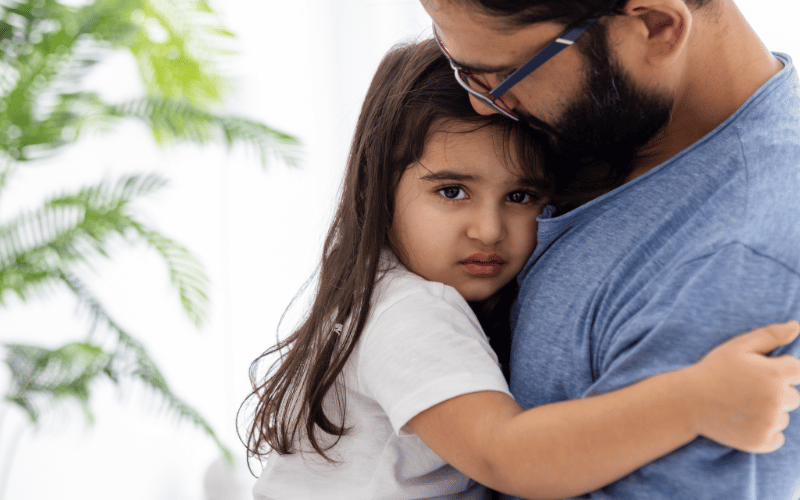Understanding Childhood Anxiety and Fear
Childhood can be a magical time, filled with new discoveries and adventures. But for some youngsters, it’s also a period of stress, anxiety, and fear. Understanding these challenging emotions is the first step in helping children conquer them and transition from worries to wellness.
Anxiety and fear are natural reactions to certain situations. However, when these feelings become constant, overwhelming, or interfere with a child’s daily life, they can lead to an anxiety disorder. The good news is that anxiety and fear in children are treatable, and with the right support, kids can overcome these hurdles.

Recognizing Signs of Anxiety and Fear in Children
One of the most crucial aspects of helping children overcome anxiety and fear is learning to recognize the signs. Often, these signs manifest in physical symptoms like stomach aches, headaches, or trouble sleeping. Children might become clingy, have tantrums, or show noticeable changes in their behavior at school or home.
Being aware of these signs can help parents and caregivers intervene early, providing the necessary support and tools to navigate these challenging emotions.
Encouraging Open Communication
Encouraging open communication is a significant step towards helping children overcome anxiety and fear. It’s important to create a safe and comfortable space where kids can express their feelings without fear of judgment. This allows children to understand their emotions better and fosters a sense of trust and openness that is vital for their mental well-being.
Empowering Children with Coping Skills
Equip your child with coping skills that can help them manage their anxiety and fear effectively. This can include deep-breathing exercises, mindfulness techniques, or other relaxation strategies. Encourage regular physical activity, which can help reduce anxiety by boosting mood and acting as a natural stress reliever.
Professional Guidance and Support
Sometimes, despite a supportive home environment and various coping strategies, children may still struggle with anxiety and fear. In such instances, seeking professional help can be a game-changer. Child psychologists, therapists, and counselors are trained to help children understand and manage their feelings better.
They can provide therapies like cognitive-behavioral therapy (CBT) or play therapy, which have proven to be extremely effective in helping children overcome anxiety and fear.
Creating a Supportive Environment at Home and School
Creating a supportive environment both at home and school can significantly contribute to a child’s journey from worries to wellness. At home, maintain routines, offer reassurance during stressful times, and encourage healthy habits.
At school, teachers can play a crucial role by being sensitive to the child’s needs, encouraging participation, and offering positive reinforcement. Collaboration between parents and teachers can greatly enhance the support system for the child.
The Role of Healthy Nutrition in Managing Anxiety
Believe it or not, what your child eats can also impact their anxiety levels. A balanced diet rich in essential nutrients can help maintain their physical health and stabilize their mood.
In particular, foods rich in omega-3 fatty acids, magnesium, and vitamins B and D have been linked to improved mental health. Limiting intake of sugar and caffeine can also help keep anxiety symptoms in check.
Conclusion: A Journey from Worries to Wellness
Helping children overcome anxiety and fear is a journey, one that requires patience, understanding, and a lot of love. Remember, it’s not about eliminating anxiety completely – it’s about equipping children with the tools they need to manage their feelings effectively.
From recognizing the signs of anxiety to seeking professional help, every step is crucial in this journey from worries to wellness. And the reward – a confident, resilient child ready to take on the world – is worth every effort.
This journey may not always be easy, but with the right tools, a supportive environment, and a commitment to understanding and addressing their fears, children can indeed transition from worries to wellness.